The Enchanting World of Butterflies: Nature’s Winged Marvels
Beautiful and Colorful World of Butterflies: Nature’s Winged Marvels
Butterflies have long captivated human imagination with their vibrant colors and delicate flight. Beyond their beauty, these insects play crucial roles in our ecosystems. Let’s delve into some fascinating aspects of butterflies, from their unique physical characteristics to their ecological significance.


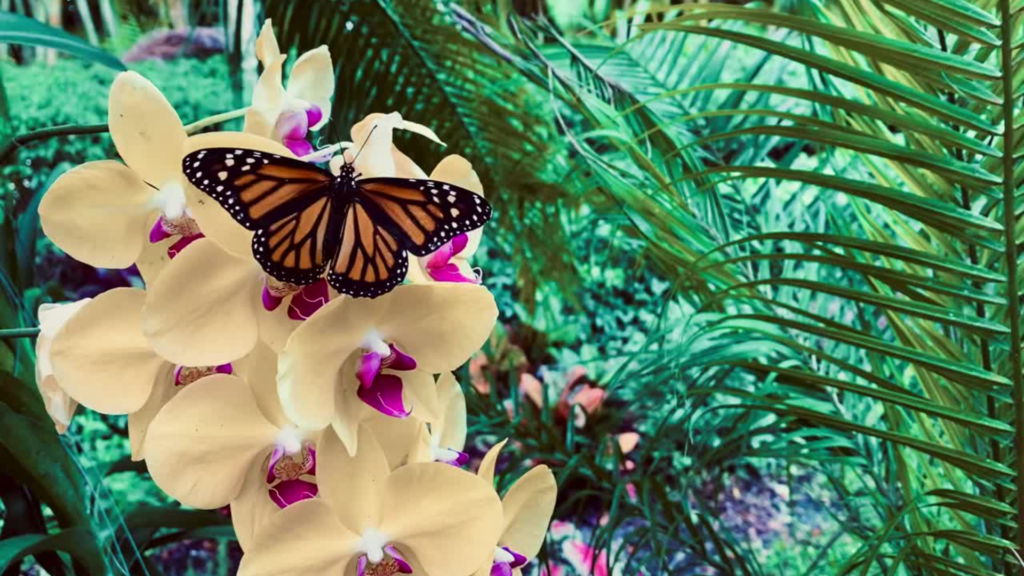
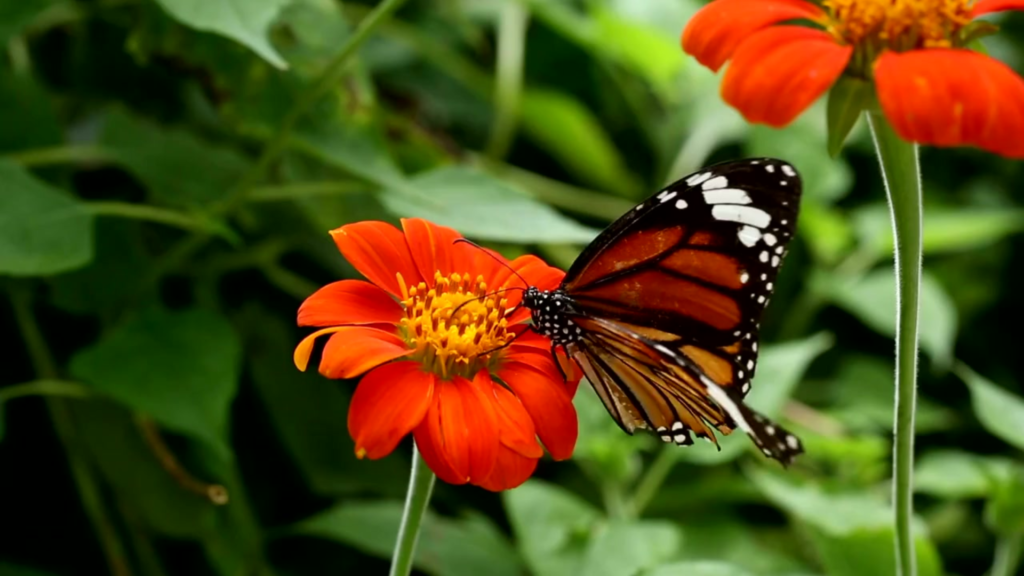
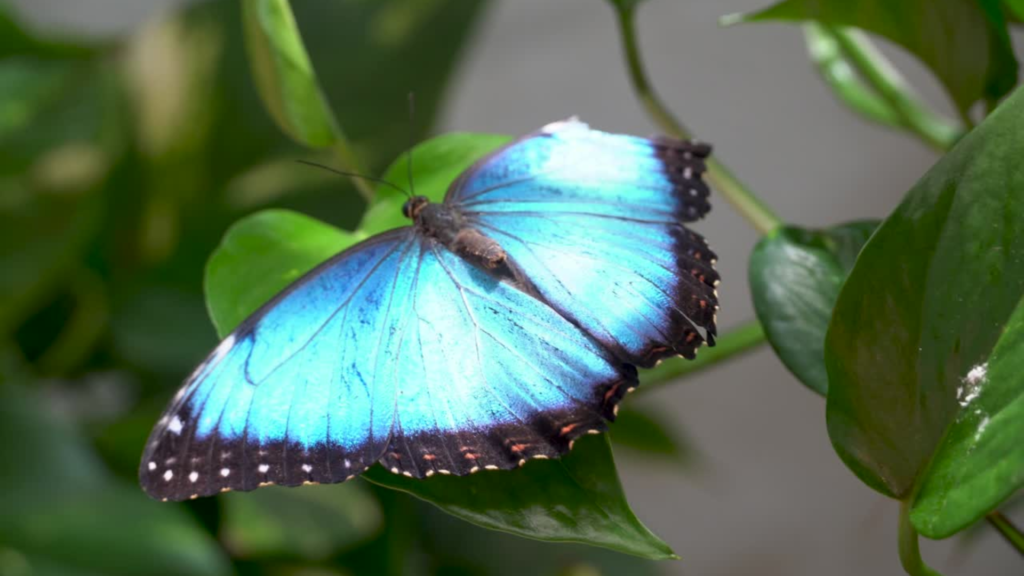


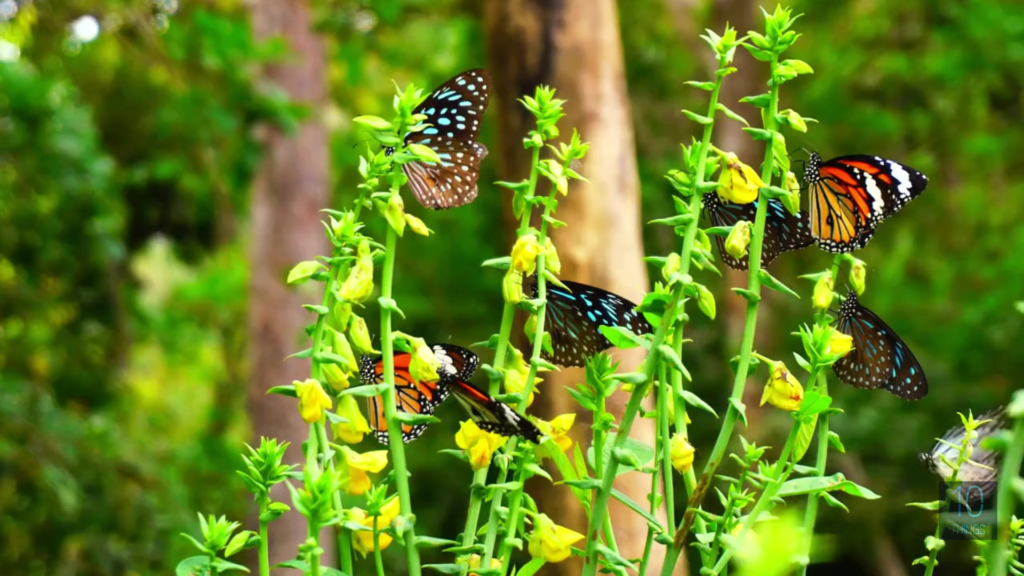
The Science Behind Butterfly Colors
Butterflies display a mesmerizing array of colors and patterns. These hues arise from two primary sources:
- Pigmentation: Natural pigments produce colors like blacks, browns, and yellows.
- Structural Coloration: Microscopic structures on their wings reflect and refract light, creating iridescent blues, greens, and other shimmering effects. This phenomenon is responsible for the brilliant blue of species like the Blue Morpho.
Unique Sensory Abilities
Butterflies possess sensory capabilities that differ markedly from humans:
- Ultraviolet Vision: Their compound eyes can detect ultraviolet light, revealing patterns on flowers invisible to us. These patterns guide butterflies to nectar sources, acting as natural landing guides.
- Gustatory Reception: Butterflies taste with their feet. When they land on a potential food source, sensory receptors on their tarsi (feet) help them determine if it’s suitable for consumption or egg-laying.
Metamorphosis: A Remarkable Transformation
Butterflies undergo one of nature’s most extraordinary life cycles:
- Egg: Female butterflies lay eggs on host plants suitable for their caterpillars.
- Larva (Caterpillar): Upon hatching, caterpillars feed voraciously, shedding their skin multiple times as they grow.
- Pupa (Chrysalis): The caterpillar forms a chrysalis, entering a pupal stage where it undergoes metamorphosis.
- Adult Butterfly: Emerges with wings, ready to feed on nectar and reproduce.
Ecological Importance
Beyond their beauty, butterflies play vital roles in ecosystems:
- Pollination: While feeding on nectar, they inadvertently transfer pollen, aiding in plant reproduction. Although not as efficient as bees, butterflies contribute to the pollination of various plants.
- Biodiversity Indicators: Their sensitivity to environmental changes makes them excellent indicators of ecosystem health. A decline in butterfly populations often signals broader ecological issues.


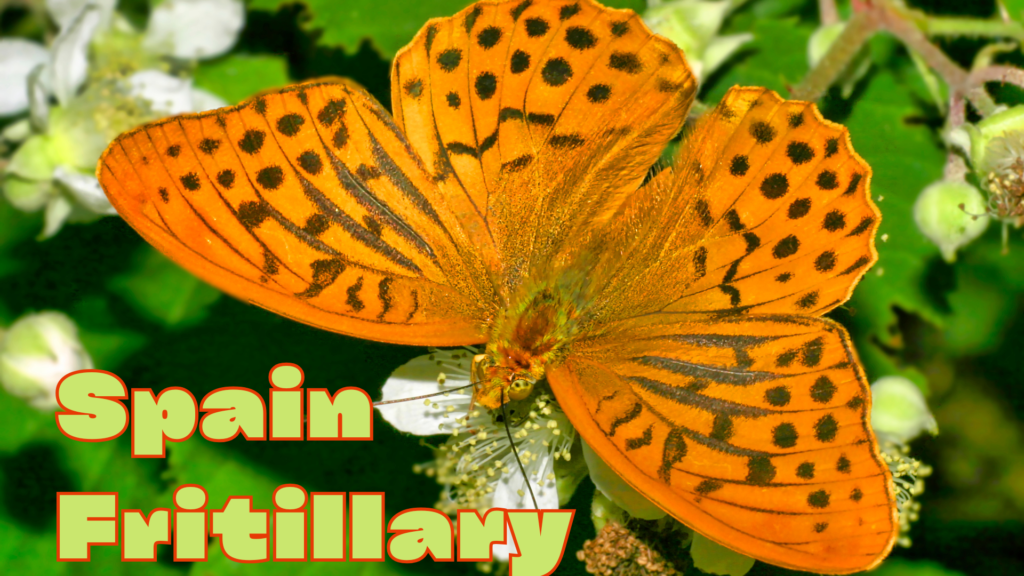
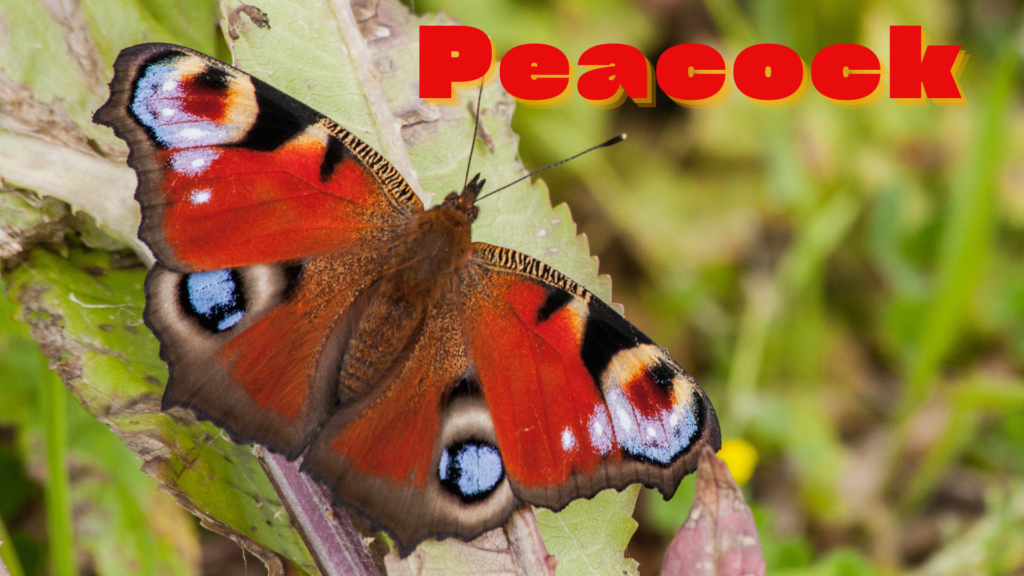
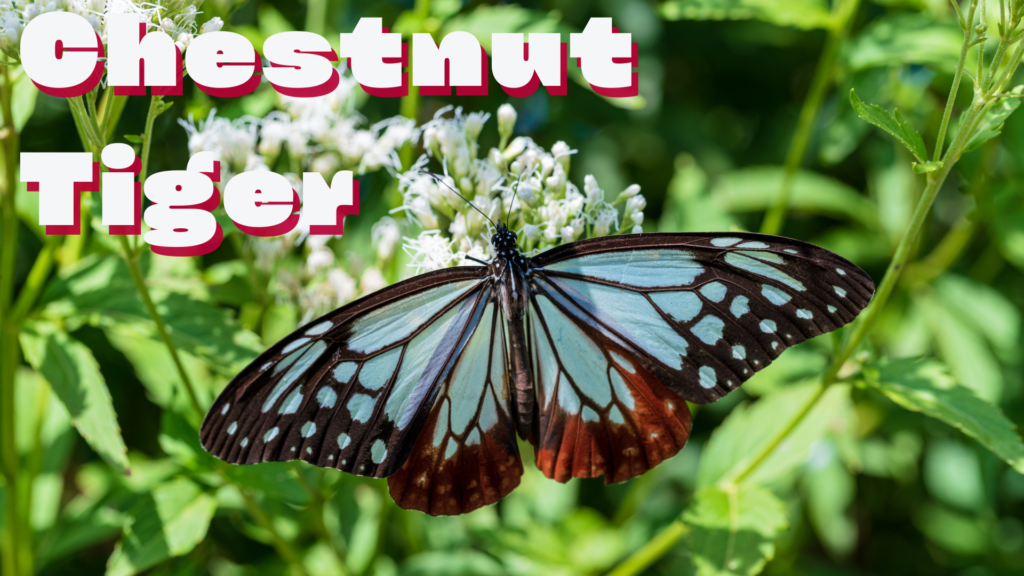
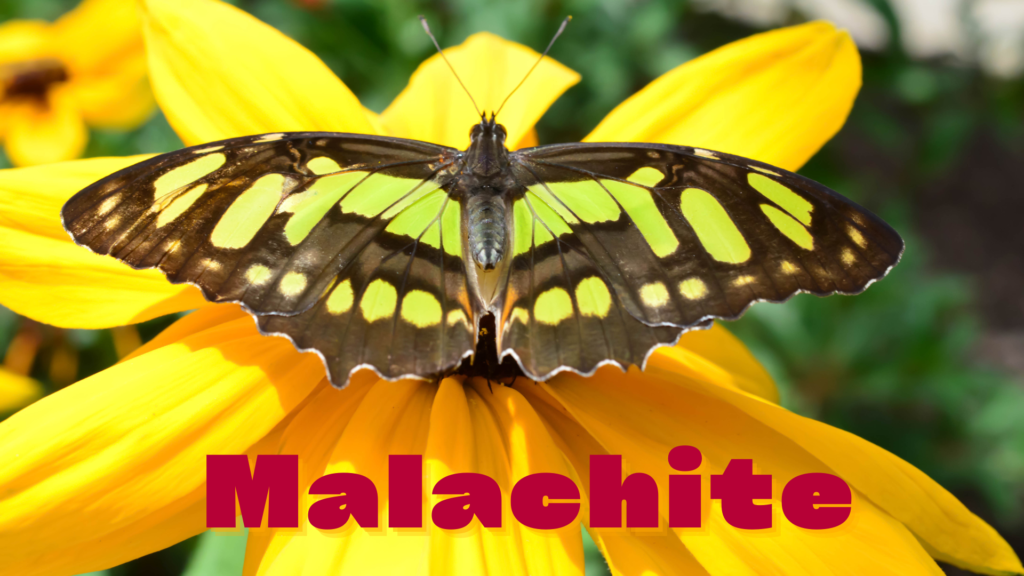
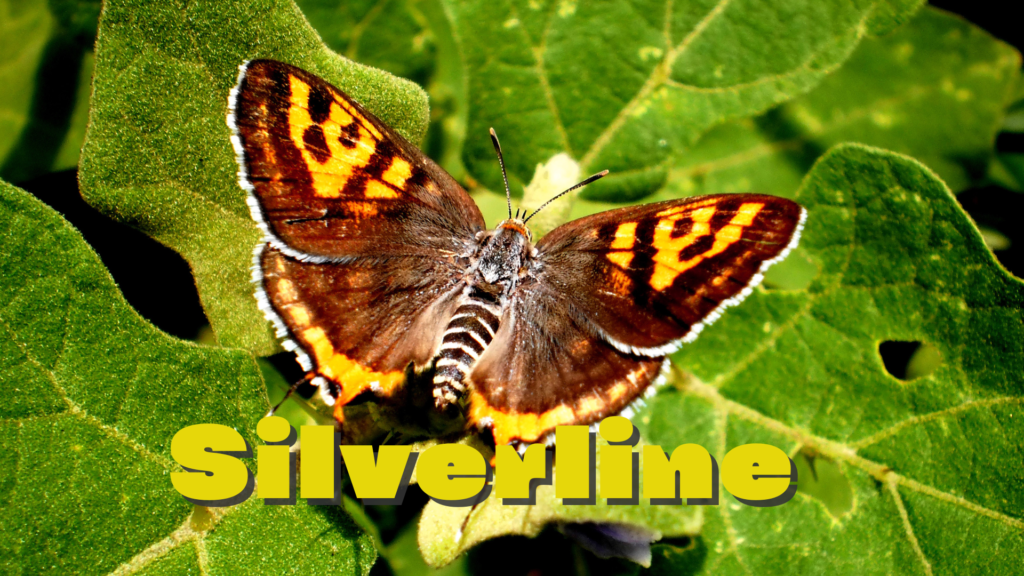
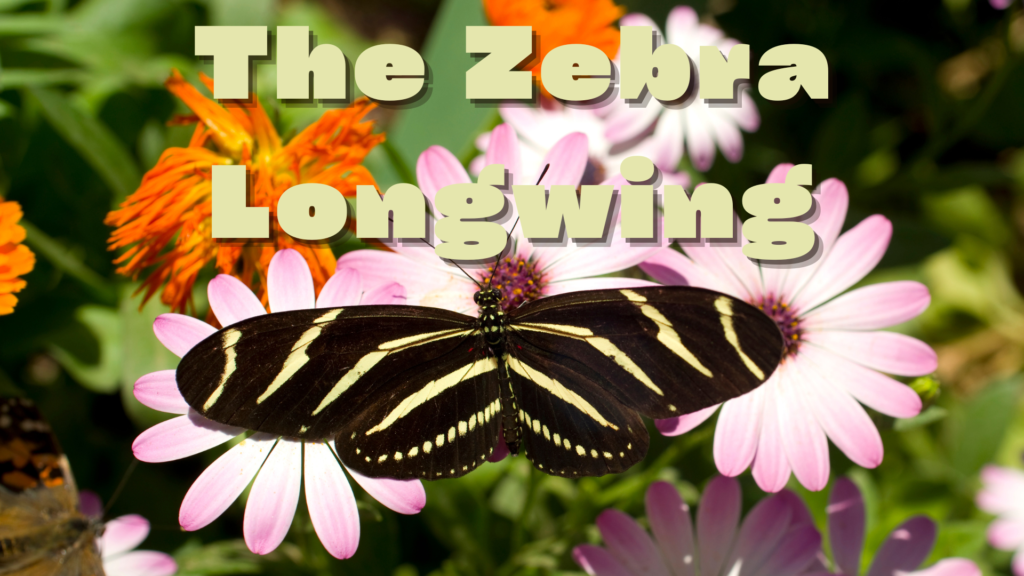

Conservation Concerns
Recent studies have highlighted alarming declines in butterfly populations:
- In the United States: Butterfly numbers have decreased by 22% over the past two decades, primarily due to habitat loss, pesticide use, and climate change.
- Monarch Butterflies: Once abundant, monarchs have seen significant population reductions, prompting conservation efforts to protect their migratory routes and breeding grounds.
Fun Facts
- Species Diversity: There are approximately 17,500 butterfly species worldwide, showcasing a vast array of colors, sizes, and behaviors.
- Collective Noun: A group of butterflies is called a “flutter,” aptly describing their graceful flight.
- Lifespan: While some butterflies live only for a few weeks, certain species, like the Brimstone butterfly, can live up to 10 months.
About Butterflies
- Habitat: Butterflies are found in diverse habitats, including forests, grasslands, wetlands, and even urban gardens. Different species have adapted to a range of climates worldwide.
- Animal Classification: Insect.
- Species Family: Lepidoptera.
- Region: Butterflies are distributed globally, with the highest diversity found in tropical regions such as the Amazon rainforest.
- Conservation Status: Varies by species, with some butterflies, like the Monarch, facing population declines due to habitat loss and climate change.
- Characteristics and Behaviors: Butterflies are known for their four-stage metamorphosis, vibrant wing patterns, and ability to detect ultraviolet light. Many species migrate seasonally, traveling vast distances to find suitable breeding grounds.
Butterflies belong to the order Lepidoptera, sharing close ties with moths. They play a vital role in ecosystems as pollinators and indicators of environmental health. Their diverse adaptations and striking beauty make them one of nature’s most fascinating creatures.
Conclusion
Butterflies are more than just symbols of beauty and transformation. They are integral components of our ecosystems, reflecting the health of our environment. By understanding and appreciating these winged wonders, we can better advocate for their conservation and ensure that future generations experience the “monarch magic” and the flutter of countless other species.


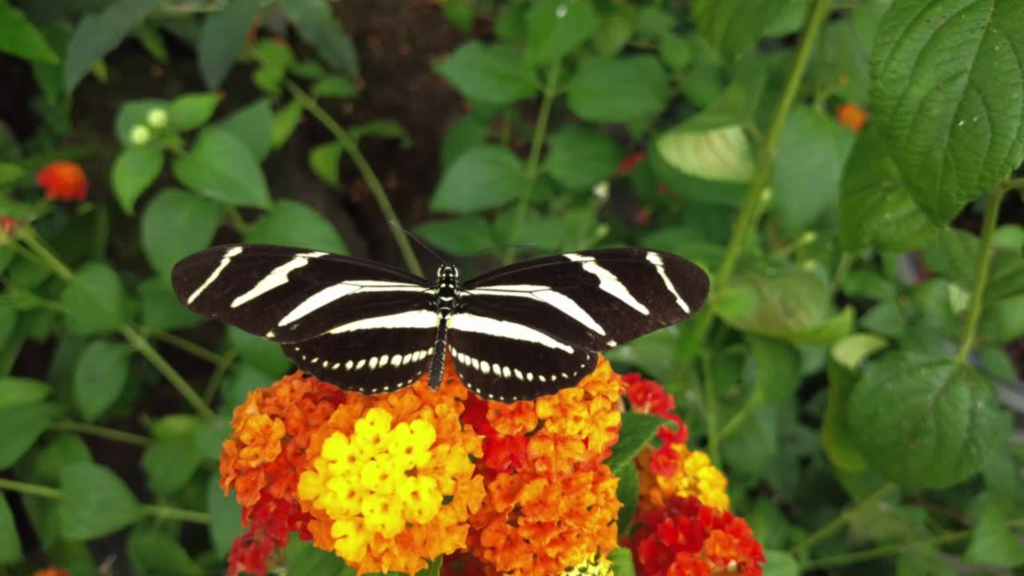
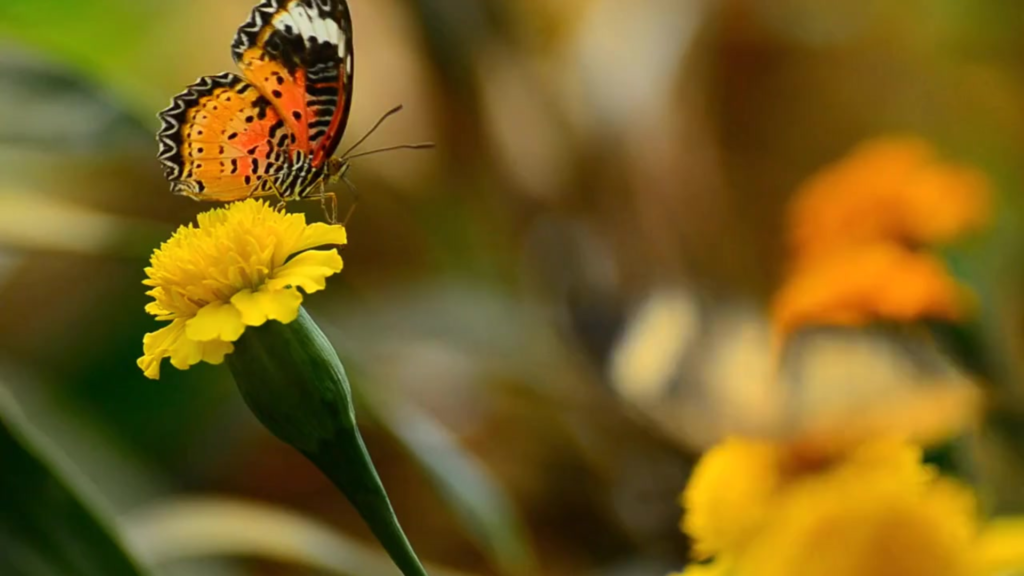


For a visual journey into the world of butterflies, check out our latest video: https://www.youtube.com/watch?v=ELS_9IW6kI0
Join the conversation! Share your favorite butterfly facts or personal encounters in the comments below.
#Bumblebees #Pollinators #WildlifeEducation #SaveTheBees #BearBunk

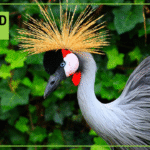




Leave a Reply